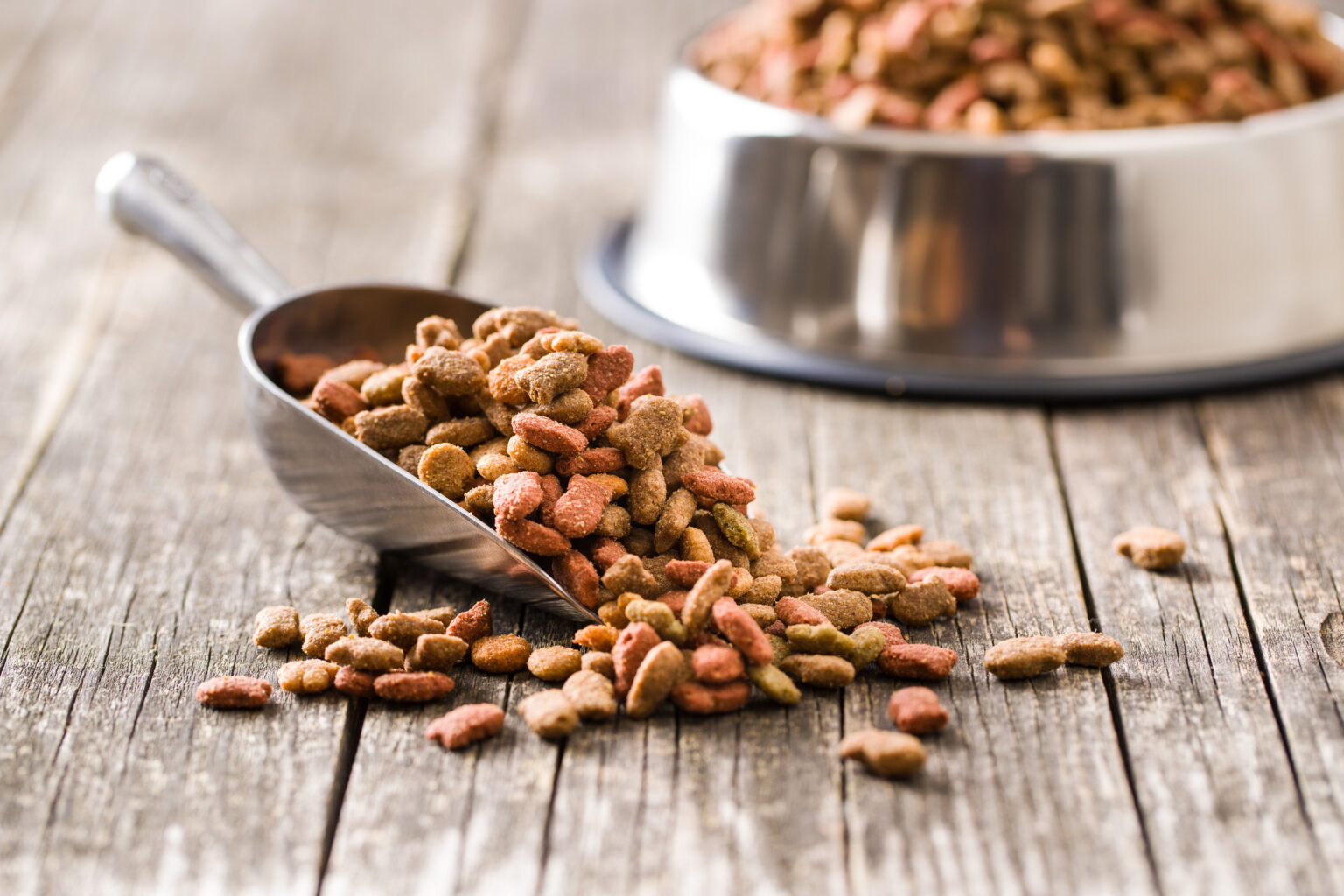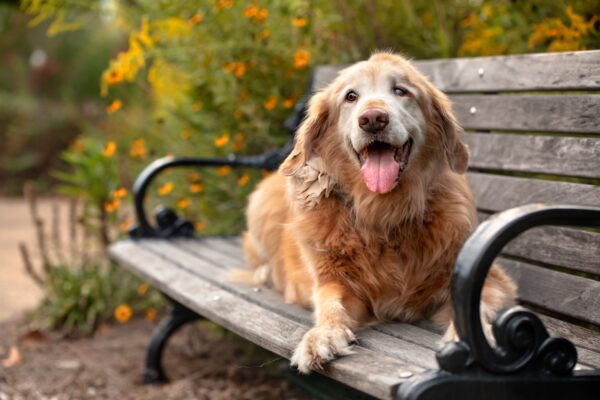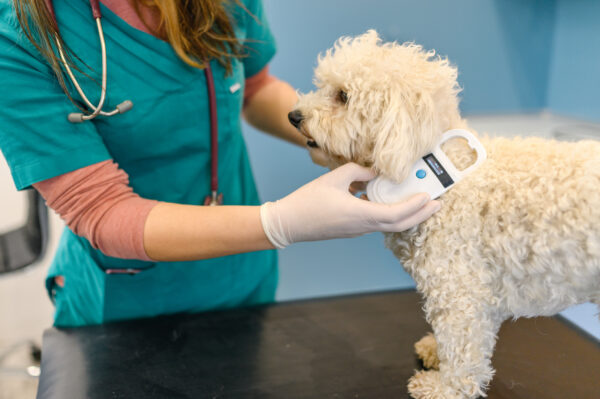All pet parents hope they’re making the right choice for their pet, but it can be overwhelming, particularly when it comes to their diet and the ingredients in their food. Many owners opt for a grain-free diet for their pet, with its numerous advantages, from nutritional perks and relieving some skin conditions, to being easier to store and portion, as well as supporting weight management
Nutrition, nutrition, nutrition
We all know that health and wellbeing starts with nutrition, setting the foundation for a happy and healthy fur friend. Grain-free is a standout choice for this very reason, making it easy to offer a balanced diet for your pet. Firstly, they contain less chemical nasties, unnecessary fillers and bulking ingredients like cornstarch. They also usually contain key fatty acids like omega 3, an ingredient that will help your cat or dog achieve a glossy coat and healthy skin. Beyond these quality ingredients, feeding grain-free kibble is also beneficial for you pet’s teeth and gums, promoting good dental health and making their breath just that bit fresher. Three cheers for better breath!
Let’s talk weight
If your pet needs a little assistance when it comes to weight maintenance, grain-free is a fantastic choice, allowing you to monitor their intake with minimal effort. Another plus? Grains are usually formed with carbohydrates, and so eliminating them will help keep the pounds off. In general, grain-free recipes will have more meat, fruit, vegetables and herbs, with any carbohydrates being a healthier choice, like sweet potatoes, to ensure your pet is still full of beans and energetic as ever.
Essential skin care
Every animal is different, and so understandably some pets will react in different ways to different diets, foods and ingredients. Changing their diet might not always be the solution, but reducing or eliminating certain foods or ingredients might resolve certain skin complaints or concerns. Enter grain-free food. Whether it’s rice, wheat, soy or corn, removing these ingredients might see a beneficial change, and combined with a diet that’s naturally higher in quality protein, any redness or itching may also be reduced. You’ll also find that grain-free diets typically contain carbohydrates that are highly digestible, sometimes in the form of plant protein (like peas). Remember, you should always consult your vet and chat through any changes, especially if your furry pal has an ongoing reaction or condition or if you suspect an intolerance.
No digestion drama
Reading the labels on your pet’s food and checking that they contain all the right nutrients will help you understand how easily your pet might be digesting their food. Complete food and diets high in nutrients (like dietary fibre and antioxidising vitamins) will help your pet’s essential digestive functions (for better toilet time) and typically, these good ingredients can often be found in grain-free recipes. Not only good for better digestion, they’ll also help to bones and maintain muscle condition.
Easy does it
Finally, if you’re introducing a new food to your pet’s diet, you should do so gradually and after checking with your vet. Slowly add any new food, mixing it in with their usual diet, until making the complete switch around seven days later when they (and their digestive system) has gotten used to it.



